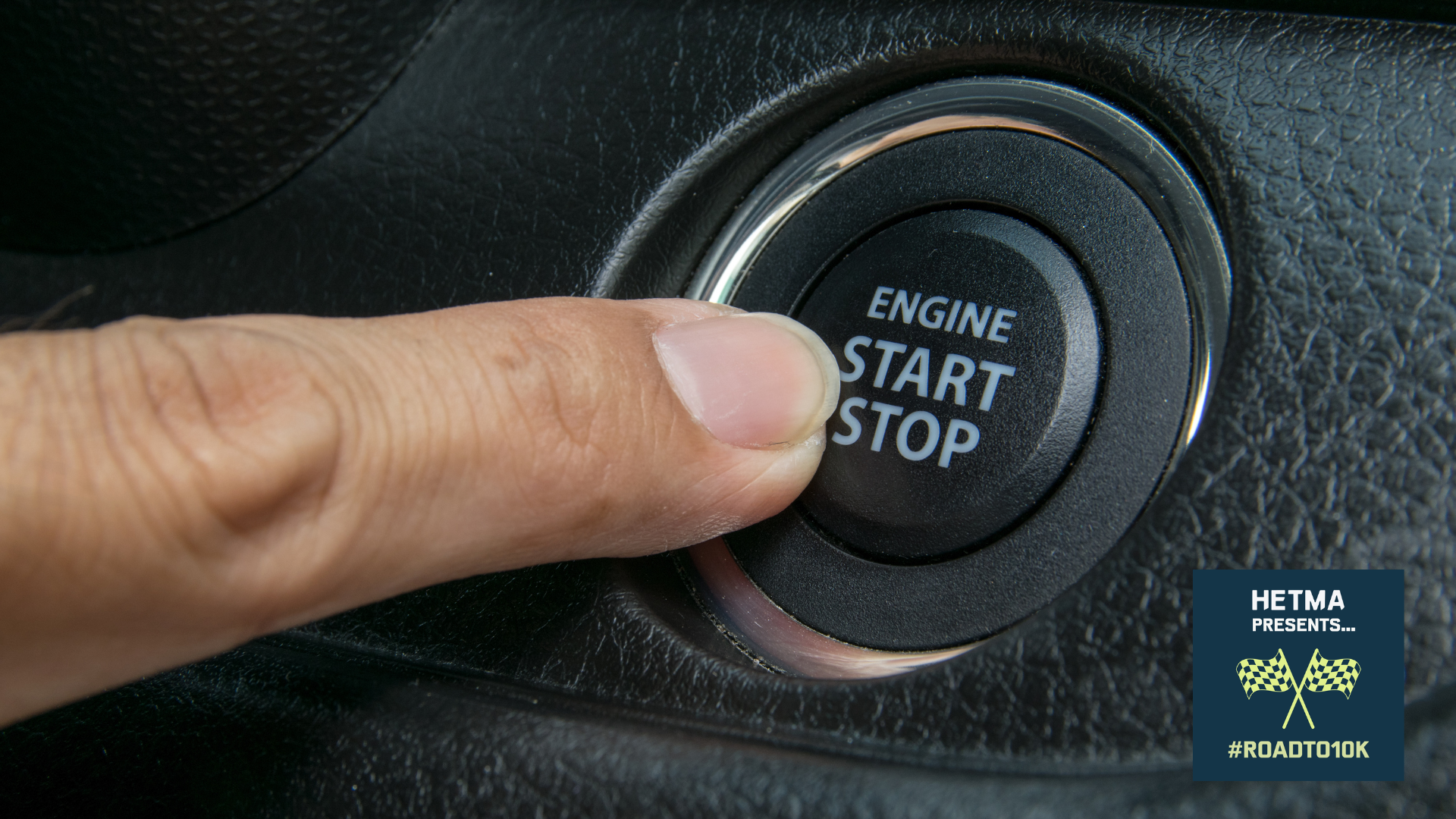Spring Cleaning
The spring season brings on the mindset of cleaning. We clean up items around the home, we clean our desks, we clean out the fridge, and we try to get organized. In higher education, we do not have much downtime. This leads to us taking ‘shortcuts’ and putting things off that we should be doing. We should take this mindset of spring cleaning and apply it to cleaning up our systems. Here are some items we should be addressing.
Change Your Password
Yes Joe I said it. We should take this time to change our passwords. I bet your security department has rolled out policies of changing your computer password every 30, 90, etc.. days, why shouldn’t our AV equipment follow the same policy? How many of us have the same password for all of our AV gear? Even if you set a secure password on day one, and pat yourself on the back, we still need to have a policy of changing our passwords at least once a year. We have student workers who might have the password to the systems. This makes their job easier but if we do not change the AV passwords then when the student graduates or leaves our department they take the password with them. Besides our student workers, we also have many users at our schools. These users can be faculty, staff, students, and sometimes even the public. Leaving the same password provides bad actors time to gain access to your system.
Firmware/Patches
We should also take this time to review and vet new firmware and patches. We patch and update our operating systems; why should we not do the same for our AV equipment? I know there is the saying ‘if it is not broke, don’t break it’ but that mindset puts us a step behind. With this said we should not just push out firmware/patches without vetting them first. This is why having a sandbox environment is important. We can use the sandbox to test out updates to make sure they do not cause issues in our classrooms.
Documentation
Admit it you are behind on your documentation. If you are anything like me, documentation is one of the things that takes a back seat in the job. We put our heads down and focus on making sure our classrooms are running smoothly so that we don’t always have time to get the documentation done. This documentation can take on many forms. It could be user guides on how to use our systems, it could be system drawings, it could be policies for our team, it could even be assets information we need to collect. No matter what the documentation that we are putting off is, it is still important for us to get these done. Having documents that outline our systems allows new techs to know what they might be getting into, and help us 6, 12, 18, 24, etc months down the road when we encounter an issue. Also even if we did document the system we should take this time to make sure they are still accurate.
Rack/System Clean Up
Keeping the physical cleaning in mind we should also physically clean our racks. During the semester we receive calls that there is an issue in a room and we deploy a tech, the tech discovers a bad cable, the tech quickly changes out with their spare cable, and the class is up and running within that 10min window we have. Now we go back to the room 6 months later and open the lectern to be attacked by a spaghetti monster of cables. We should take time to visit our rooms and clean up these racks. We should make sure we don’t have any zip ties in our racks, use velcro ties, cables are labeled, and that we can still access the equipment and ports we need.
Conclusion
Yes, the above are all shortcuts we take as we move from project to project. If we take the time to clean up these shortcuts we have a better chance of having systems with high uptime. Not only will we have better uptime but we will also have less frustration. Taking the mindset of spring cleaning and applying it to our AV system will set us up for long-term success.








